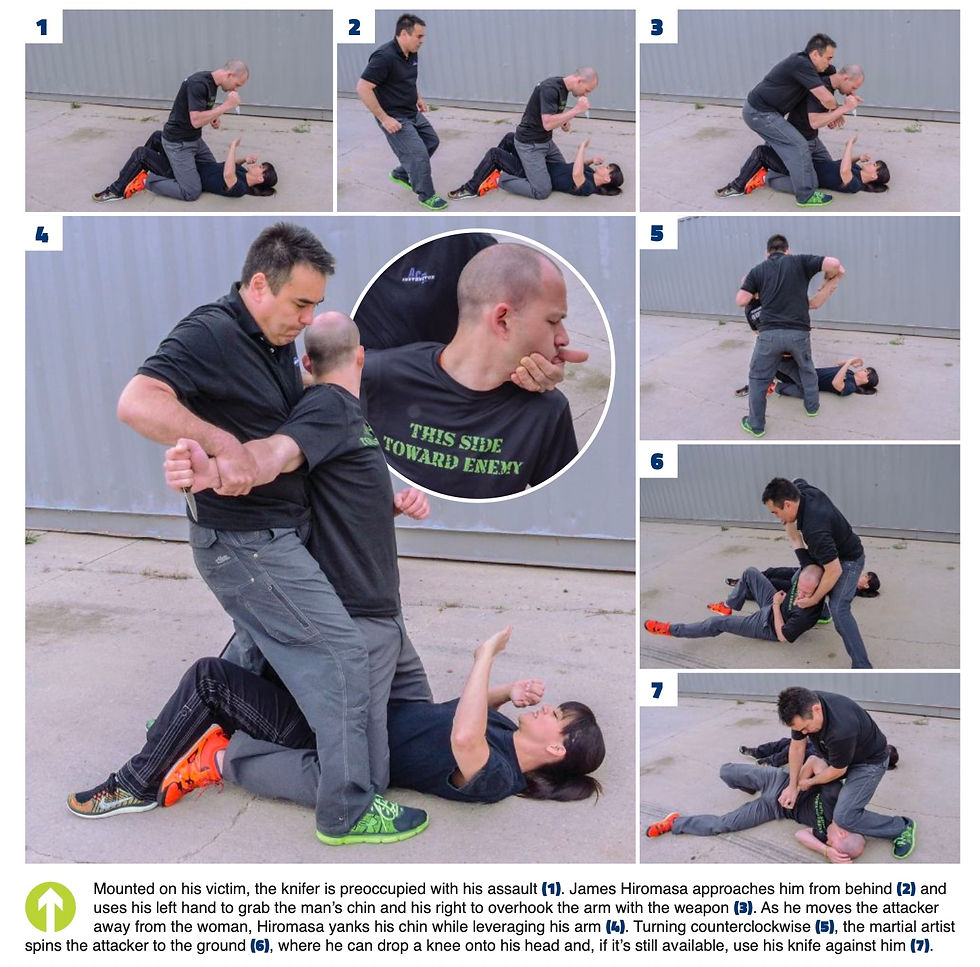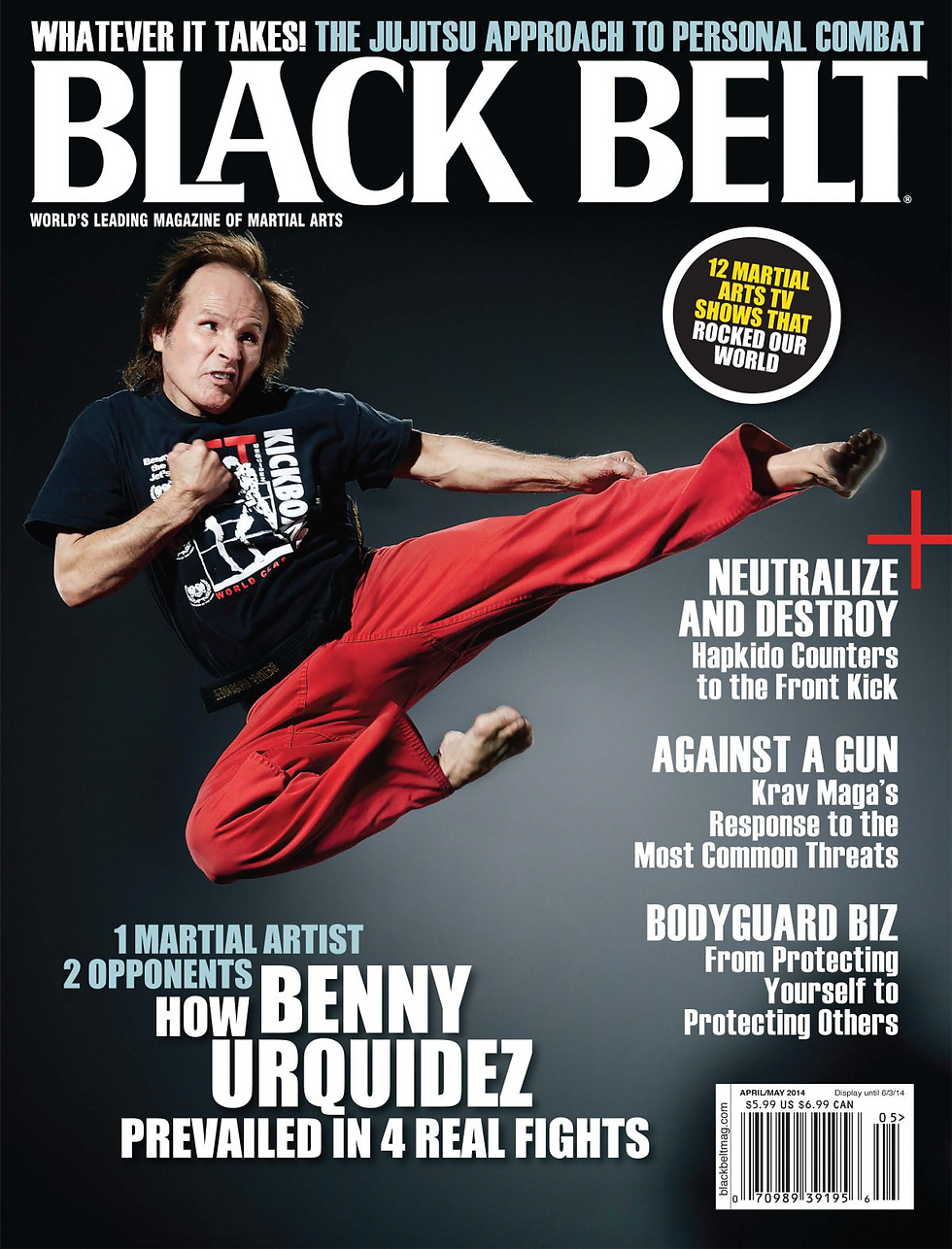- James Hiromasa
- Sep 8
- 8 min read
Updated: Nov 11

The July 7, 2015, edition of The Washington Post described an incident in which a man on a moving train allegedly punched a passenger until he fell, then stabbed him repeatedly in the torso and arms until he died.
As the crime unfolded, other passengers in the coach watched; not one intervened.
The tendency to not get involved, dubbed the “bystander effect,” is becoming the norm these days, particularly in big cities where a sense of community doesn’t exist. Rather than helping the person in distress, people simply ignore the assault — or start recording it.
In rural settings, there still exists enough of a community feel to make people rush to help neighbors in need, especially among the older generation.
But in metropolitan areas, you encounter more and more stories like the one above from Washington, D.C. It seems everyone is waiting for someone else — be it the government, police or anyone with authority — to help first. Sadly, that seldom happens.

The good news is, it’s not always like that. We can find many cases in which all that was required was for someone — anyone — to start helping. That usually opens the floodgates and other citizens jump in.
Recall the actions of Jeremy Glick, Todd Beamer and the other brave passengers who chose to take on the terrorists who hijacked Flight 93 on September 11, 2001.
It’s an easy-enough concept: Create or find a leader and someone’s bound to follow. Once that happens, more people will feel comfortable following because they perceive a lower risk of being singled out and harmed.
In that tragic D.C. stabbing, a single leader could have started a movement on the train. That’s not to say anyone is to blame — there’s no shame in not getting involved. It’s scary, it’s bloody, it’s violent. It takes a special kind of psychotic to stab another human being in anger and hatred. It’s a personal, tactile, messy affair.
Jumping into the middle of it is daunting. Afterward, many who witnessed the carnage said the same thing: “I was waiting for someone else to step in, then I would’ve helped. There wasn’t anything I could have done on my own.”
And they’re probably right.
Taking down a violent person who’s wielding a knife and has no regard for human life is a difficult task. In no way does that mean it’s hopeless, however. By definition, martial artists train to prepare for all kinds of physical conflict. There are numerous steps you can take now to ready yourself for a situation in which you might have to neutralize a knife attack aimed at a third party.

Taking Action
First, understand there’s power in numbers. If you’re trying to take down an active stabber on your own, you’ll need skill, strength, speed, explosiveness, a combat mindset and possibly a bit of luck. Your chances dramatically improve if you have allies. Your chances improve exponentially if the person (or people) on your side has trained with you and together you have a plan. But let’s assume you’re on your own when you decide to intervene.
Don’t think of disarming the attacker in the traditional sense. In other words, forget trying to take away his knife.
Your primary goals should be to stop the next stab from occurring, to control the assailant sufficiently to stop subsequent stabs to you or the victim (even if only momentarily), and to disable or disarm him so he no longer poses a threat. At that point, he’ll be taken into custody by law enforcement, or you and the victim will escape.
It’s worth noting that all three goals can be accomplished on first contact — if you can make the attacker suddenly unconscious or otherwise unable to function. Chances are the solution will not be flashy, cool or elegant, and that’s fine. You need to focus on easy-to-execute techniques that will have an immediate effect. Attempt more difficult options only if no simple alternative presents itself.
Case Study No. 2
In Rotterdam, Netherlands, a man was videotaped while stabbing his 22-year-old ex from a mounted position on a sidewalk. This is relevant because during the commission of the crime, he was oblivious to three men who were attempting to stop him.
At first, one man tried to push the attacker off the victim using his briefcase. Then two men tried to push him away with halfhearted kicks. Eventually — but after many more stabs — the three joined forces and pulled him off by grabbing the hood of his sweater.
Where did they fail? They tried to use the tools they had in a less-than-optimal manner. The man with the briefcase could have swung it like a club, aiming a corner at the attacker’s head. It would have been much easier for the man to do that under stress if he’d practiced it in a dojo.
A similar shortcoming probably afflicted the men who attempted to kick. It’s unlikely they’d practiced round kicks that sent their shins into an opponent’s head while the opponent was mounted on another person, but if they had, they might have been able to dislodge the man with the knife a lot sooner.
Either action could have worked in this scenario. The odds of success would have been even better because the knifer was oblivious to their presence at first.

Lesson Learned
Case study No. 2 teaches that you should devote some of your training time to the use of everyday objects as weapons. Note that you must practice employing them offensively, as opposed to defensively like a shield. Your mission is to disrupt the attacker’s command-and-control system.
If you've attended a firearms course, you know that there are three proven ways to stop an attacker immediately: shut down the brain, disable the nervous system by severing the spine and break down the body’s structure severely enough to make movement impossible.
Assuming you don't have a firearm, the first option offers the greatest odds of success. Strikes to the body are easier to land, but they're less likely to effect the instant stoppage you need to end the attack.
Returning to goal No. 1 mentioned earlier — stopping the next stab — it follows that No. 1 on your how-to-immediately-stop-a-deadly-attack list should be attacking the head. Accept that and train with that end in mind.
Use improvised weapons to target the head of an opponent or, better yet, a training dummy. Practice approaching at angles that keep you out of his field of vision whenever possible. Generally, that means coming in between 4 o'clock and 8 o'clock.
Focus on attacking the knifer from his non-knife side. This will keep you away from the blade, thus reducing the likelihood of getting cut when you kick him in the head. It also will reduce the chance that his attacking limb will get in the way when you strike or kick.
Try to limit your attack vectors to ones that would snap the attacker’s head back or move his weight backward or away from the victim at an angle greater than 90 degrees. Your goal is to stop the very next stab, which means you don't want to help him move his weight forward onto the victim.
This approach works whether the attacker is standing or mounted on his victim, although it’s much easier to do on the ground because of the distances, heights and angles. Forget about firing a round kick at the head of a standing attacker. You might get only one shot at this; don’t waste it on a high round kick in which too much force is lost to height and in which you’re forced to get close. That will elevate the possibility of your kicking leg getting tangled up on the way to his head.
Remember, too, that a standing attacker stabbing a victim is unlikely to be stationary unless he’s backed up against a wall. The victim is probably fighting to get away or stop the stabbing arm, and the attacker is probably holding onto the victim. That’s the worst-case scenario, but it’s how you must train.
So, knowing that you need to take action and, because you’re unarmed, must go hands-on, what can you do to achieve your goal of stopping an active stabbing? More important than technique is principle. The dynamics of the attack can vary greatly, so it’s tough to dictate techniques. The principles you use, however, will always be the same.

Move to Survive
Assume a standing attacker is stabbing another standing person. Your first goal is to stop the very next stab.
One way to do that is to wrap the arm that’s doing the stabbing with an overhook from behind. The assailant’s hand is moving the fastest and with the least amount of predictability, and his shoulder/upper arm is moving the least with relative predictability. Therefore, you shouldn’t aim for the hand or wrist; simply make a huge overhook around his biceps with your same-side arm.
Next, slide your arm down to his elbow and create maximum backward pressure on his shoulder, effectively stopping any forward movement of the arm. That will stop the next stab momentarily. Of course, simply trapping that arm isn’t enough, especially if the attacker is bigger or stronger, so you have to wrap the arm and simultaneously disrupt the assailant’s balance, focus and ability to rotate his torso toward you to relieve the pressure on his arm.
Since you know that “where the head goes, the body follows,” you should deliver a simultaneous palm strike or cross-face to the jaw, forcing his head to rotate away from you and further stretching that shoulder. At this point, you can use your chest against his shoulder blade as a fulcrum. Imagine breaking him in half or splitting a wishbone.
With the immediate stabbing danger eliminated for a moment and some control of the head and arm achieved, you need to follow up. This could come in many forms, depending on how you train. A leg-sweep takedown from behind is an option, as is coming off the cross-face into a figure-4 arm control of the knife hand and following up with knees and strikes. Another option is to slide down the arm with both hands and effect a standard wrist-lock disarm, known as a “cavalier” in krav maga.
Whatever you go with, make it decisive, explosive and damaging. You cannot let up, or you'll find yourself fending off a very aggressive attacker with a knife.
The principles used in this course of action match your goals: stop the immediate stab (wrap the arm), control the limb and/or the attacker (violent cross-face with back pressure on the arm) and disable/disarm (follow up with takedowns or counterstrikes).
Going Down
You can apply these same principles to a mounted attacker, as well. One minor change in technique, but not principle, would be to wrap the head from the opposite side using a hook with your hand on the chin instead of the cross-face.
Now you have more leverage for the neck torque than you did with the cross-face because you can pull with both arms. Just yank back on the stabbing arm with your strong-side arm, rotating the head away in the opposite direction. This time, use your hips as the fulcrum against his shoulder blade.
Because separating the attacker from the victim is more difficult on the ground and you can’t expect the victim to naturally create distance from this position like he or she would do while standing, you need to move the attacker. Remember: Where the head goes, the body follows. You’re going to continue to “unscrew” his head from his body by pulling around on his chin, eventually rotating him off the victim and to the ground by pivoting on your outside foot and turning your inside foot about 90 degrees — think “basketball pivot.”
After rotating the attacker off and down, your options are more limited than when standing, considering that you don’t want to end up rolling around with a guy who has a knife. Aim for a stomp or a knee to the head while sliding down the arm to catch the wrist holding the knife. If a wrist lock presents itself, break it. If not, continue with power strikes as long as you have some control of the knife hand and you’re not going to be pulled down.
High Risk
The recommendations in this article are high risk, but if you ever find yourself in a situation where you simply must do something, they should give you a starting point.
More important, if other people are around, your leadership ideally will inspire a follower, and then another, to create a movement of good citizens doing good things for someone in need.



























































































